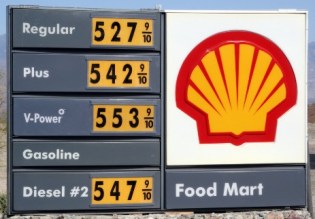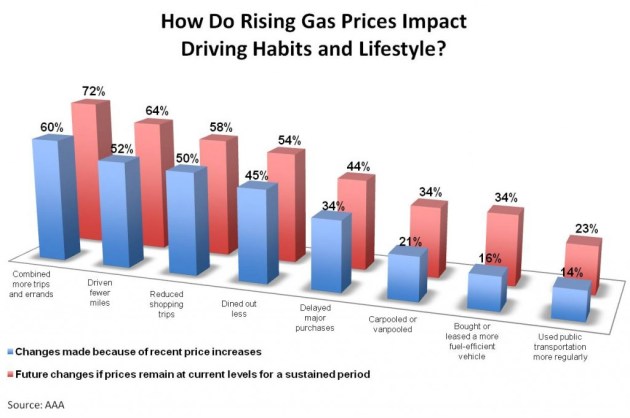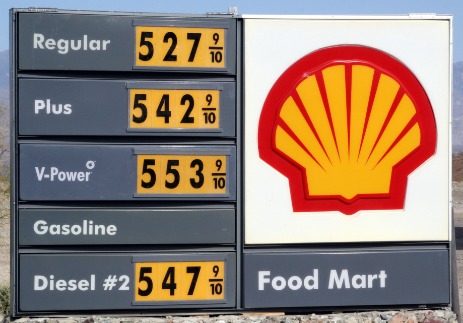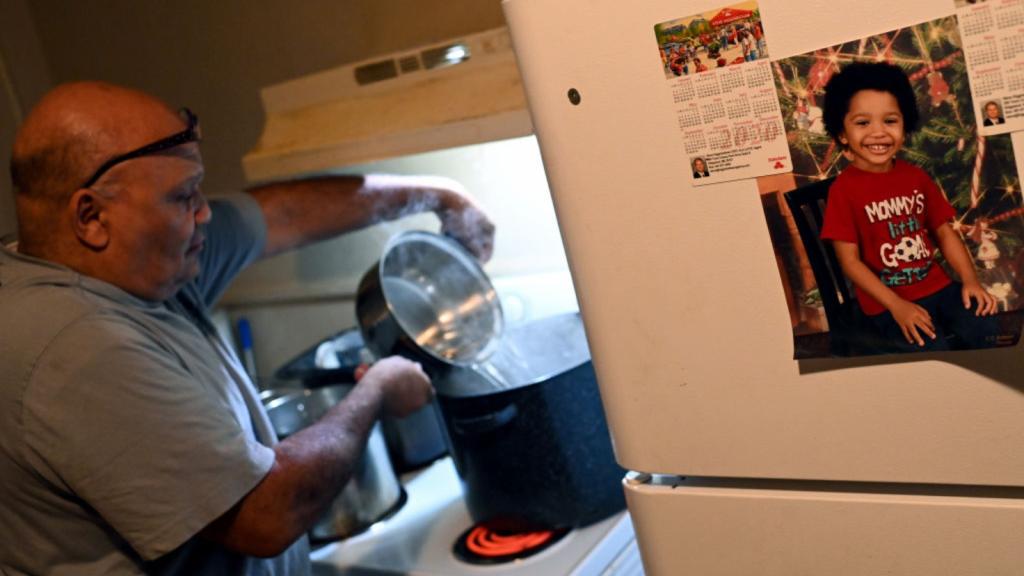
Is this high enough?
This week, an average gallon of self-serve regular is going for $3.81. Is that enough to get Americans junking their minivans in favor of cargo bikes, or ditching their exurban McManses for walkable city living? In short: no. Still, two new polls offer a little insight on gas prices and lifestyle changes.
A AAA survey conducted at the beginning of the month found 84 percent of respondents saying they have changed their driving habits or lifestyle in some way in response to recent gas-price increases, and 87 percent would change driving habits further if prices remain this high for long. The most common change adopted so far is combining trips and errands, which 60 percent of respondents say they’ve done. And 16 percent say they’ve purchased or leased a more fuel-efficient vehicle.
 But in a separate poll conducted last week, Gallup found that Americans on average say gas prices would need to reach about $5.30 a gallon to “make them cut back on spending in other areas or make significant changes in the way they live their lives.” Eighteen percent of respondents said gas would have to hit $6 or more a gallon before they’d change their behavior.
But in a separate poll conducted last week, Gallup found that Americans on average say gas prices would need to reach about $5.30 a gallon to “make them cut back on spending in other areas or make significant changes in the way they live their lives.” Eighteen percent of respondents said gas would have to hit $6 or more a gallon before they’d change their behavior.
Anecdotes reported by the Boulder Daily Camera echo the Gallup findings. Gas-station manager John Bishop says, “I don’t think it’s got to the point where [people are] going to start taking public transportation. I’m thinking $5 might be the magic number.”
James Hamilton, economics professor at the University of California, San Diego, argues that rising gas prices won’t make that much of a difference until they reach a new high:
Although the prices of oil and gasoline have risen significantly from their values in October, they are still not back to the levels we saw last spring or in the summer of 2008. There is a good deal of statistical evidence (for example, [1],[2]) that an oil price increase that does no more than reverse an earlier decline has a much more limited effect on the economy than if the price of oil surges to a new all-time high.
The record high in summer 2008 was $4.12. This year, the U.S. Energy Information Administration is forecasting a May peak of $3.96, and an annual average of $3.79.
How to reconcile the seemingly conflicting surveys? My bet is that most people aren’t doing much to change their lifestyles yet; note that Gallup asked about “significant” changes or cutbacks. Making a stop at Kroger on the way home from soccer practice is not significant.
But will higher gas prices change voting behavior? Now that would be significant. But despite all the political hand-wringing and media over-hyping, don’t bet on it. Brad Plumer makes a compelling case that prices at the pump aren’t likely to have much of an impact at the ballot box.



